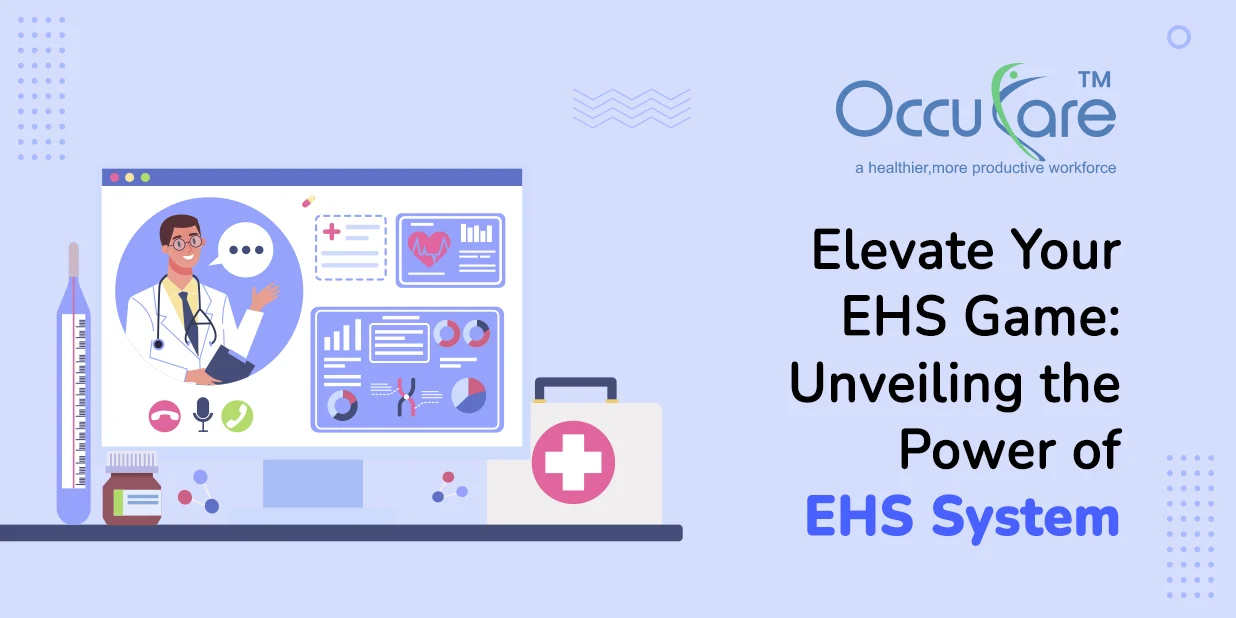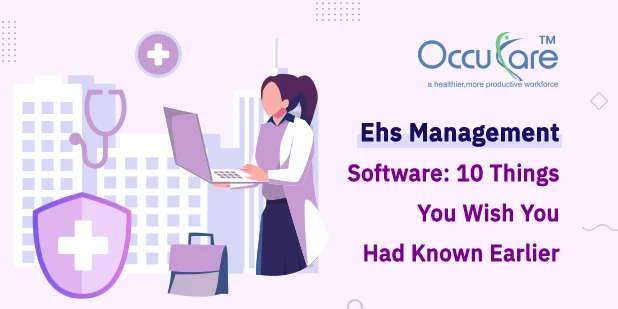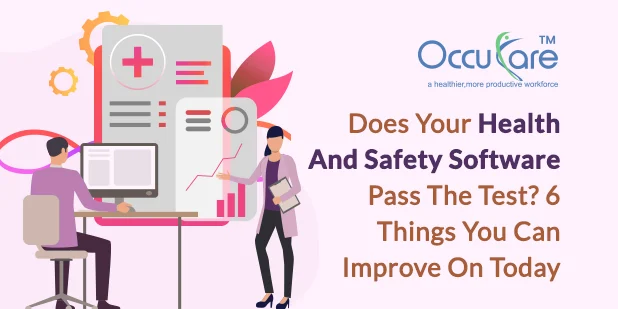Because of the heavy usage of massive machinery and trucks, manufacturing companies are extremely hazardous places to work. The number of injuries that occur in manufacturing businesses around the world should not be overlooked. Hazards must be addressed, and risks must be minimized, according to health and safety managers. And, EHS management system can assist businesses in doing so.
The majority of accidents are caused by falls, contact with machines or items, and lifting and handling. Given the seriousness of these instances, manufacturers have a moral and legal obligation to protect their employees from damage.
We use adjectives like “easier,” “faster,” and “convenient” to describe how technology has helped us. Many of us can’t picture our daily lives without cell phones at our fingers, access to a system assistant, GPS apps to help us get wherever we want to go, and a plethora of other technological marvels.
Most of the essential technologies and software systems find their way into our working life to support us with our job operations. Finance and accounts, divisions, for example, rely significantly on methodology, and technology programs to make their jobs easier and clearer in both small and large businesses. The same thing might happen in the field of environmental, health, and safety.
You could always manage a manufacturing company without EHS software, but you will be less productive and commit more faults. EHS, on the other hand, can keep a closer eye on legislative data and standards, assisting producers in reducing risks and ensuring compliance. It also aids in the improvement of your safety and environmental performance, as well as the discovery of cost-cutting alternatives.
The following are the top ten advantages of an EHS management system.
1. Costs and hazards associated with compliance can be reduced:
“If you think compliance is expensive, try non-compliance,” as the phrase goes. Implementing EHS software that streamlines time-consuming manual activities is one of the most efficient methods to lower your compliance costs and ensure your firm stays within line. Although the number of standards you must deal with will not decrease, the procedure will become more practical. Moreover, you won’t have to memorize license renewal schedules or check files every day to see what might be due because everything is in one place; all you have to do is log in to the system and view your compliance schedule. You can more simply allocate responsibilities and coordinate your team’s work. One can also use alarms to remind you of chores that are approaching their due date or that require your notice. EHS ensures that compliance duties are done on time, which saves you thousands of dollars in compliance fees and improves the repute of your industrial organization.
2. Performance enhancements:
You have every motive in the world to keep your staff fit at work rather than recovering at home if an accident occurs. Your team’s overall production improves as a result of fewer injuries and illnesses, and their improved morale helps output as well. Not to mention the fact that work-related medical problems cost a company a significant amount of money, as well as higher-than-average sick-leave payments. Some company owners believe that health and safety practices reduce productivity because they consume time and effort that could otherwise be spent on output. It’s no surprise that many employees believe their employer prioritizes productivity over safety. Everybody should realize, however, that a firm can only thrive if its primary focus is on its workers and their well-being (health and safety included). Evidence suggests that nations like Finland and Denmark, which have higher occupational health and safety records, are also more competitive in the global economy. Because incidents come with many costs for companies, including compensation claims, medical bills, noncompliance fines, litigation fees, property damages, and indirect costs, the lack of safety and its consequences outweigh the short-term comparative advantages.
3. Reporting on the Move:
Your staff aren’t tethered to their workstations. They’ll be all over the place with the duties they’ll need EHS management system for. The issue is that they still need to be connected to the most recent changes (or have the means to give incident updates wherever they are). As a result, they require software that can keep up. Today’s EHS solutions are designed to integrate well with mobile technology, allowing your employees to do their duties no matter where they are. They may email incident reports while on the go, update their assignments as soon as they’re completed, and engage with other team members with ease.
4. Save Time:
Administrative tasks consume far too much time for EHS teams and consultants. Many of these time-consuming processes can be eliminated using software capabilities such as dashboards and notifications. On duties like management reporting, data review and analysis, and job follow-up, it’s not uncommon for teams to save 50% or more time. Mobile EHS software systems are highly productive, as we’ll see in a moment because employees can record data on the move from any tablet or phone.
5. Increase the level of accessibility:
Organizations confront new reporting issues as shareholders and customers expect greater transparency in environmental, health and safety, and corporate sustainability. Companies can now report on key parameters in a more integrated (and efficient) manner thanks to software. In addition to external reporting, software allows for internal transparency. Executives and EHS leaders may always see where they stand using dynamic dashboards. Need-to-know employees can also keep informed about crucial indicators in real-time and from anywhere thanks to automatic alerts and notifications.
6. Higher staff engagement:
People are delighted and gratified when others show real concern for their well-being, and this includes employees and their bosses. Employee productivity and morale will improve, and employee retention rates will climb, if they observe that their supervisors and bosses are genuinely vulnerable to health problems and safety. Employees that are distracted and dissatisfied have a negative impact on a company’s bottom line and can even lead to risky behaviour on the job. When employees are not supported by a safety culture, they become less interested with their job performances, put their safety at danger, and eventually have an impact on everyday operations, limiting the company’s growth and productivity.
7. Organize and standardize:
8. Reduce the possibility of danger:
It’s difficult to gain a clear picture of your risk profile when you have various spreadsheets and databases for each of your data sources — risk assessments, incident reports, environmental data, and so on. EHS software allows you to assess your risks and create a risk register on dynamic dashboards, allowing you to see problems early and implement mitigation methods.
9. Use network knowledge to your advantage:
EHS management system gives your data an extra level of knowledge that excel can’t provide. Software can assist you optimize your company’s performance by notifying you whenever permission restrictions or criteria are violated and applying event-triggered corrective measures.
10. Following the concepts of corporate responsibility:
Workers’ physical, social, and mental well-being are all aided by health and safety management systems, which are also important parts of corporate social responsibility (CSR). During judgement procedures, CSR is represented by a company’s concerns with social and environmental issues. Paying attention to worker health and safety is part of ethical behavior that contributes to society’s well-being, takes stakeholder expectations into account, ensures compliance, and adheres to international norms.








